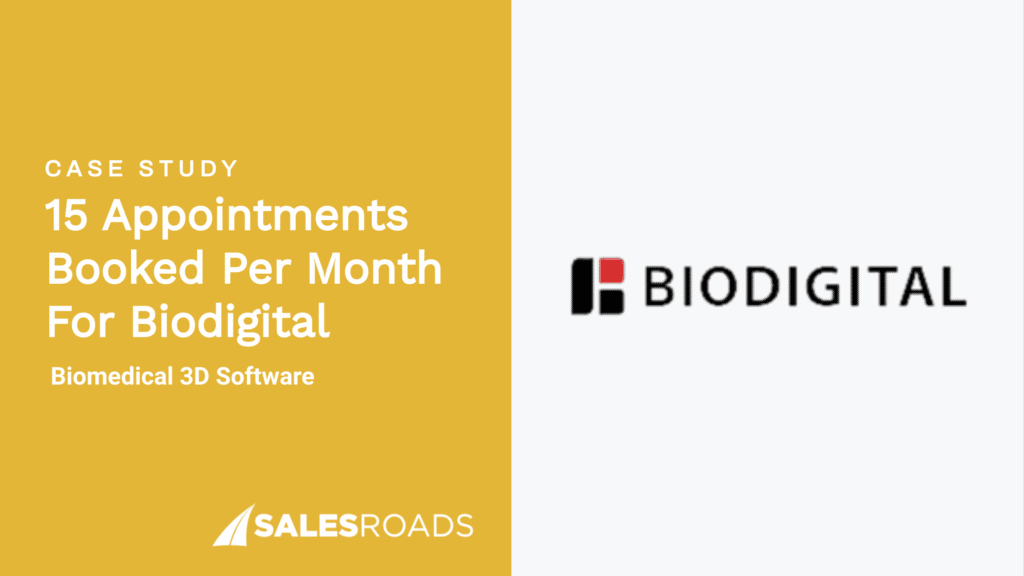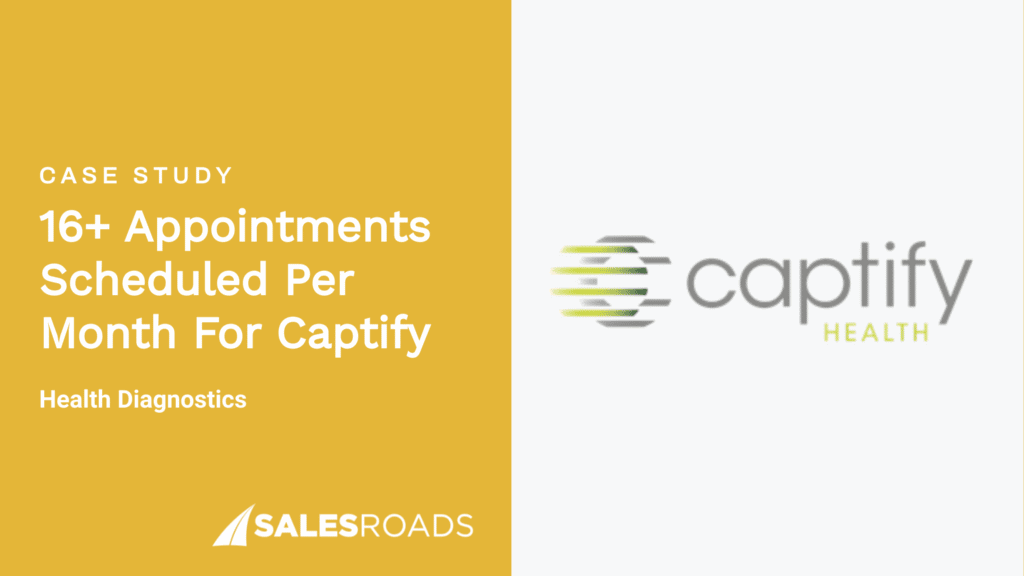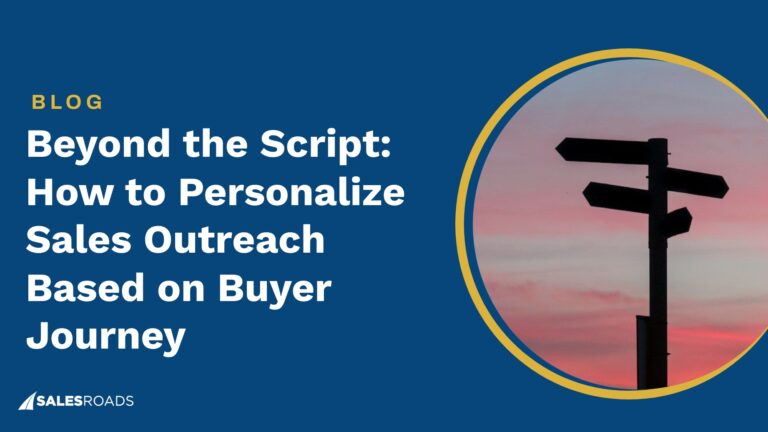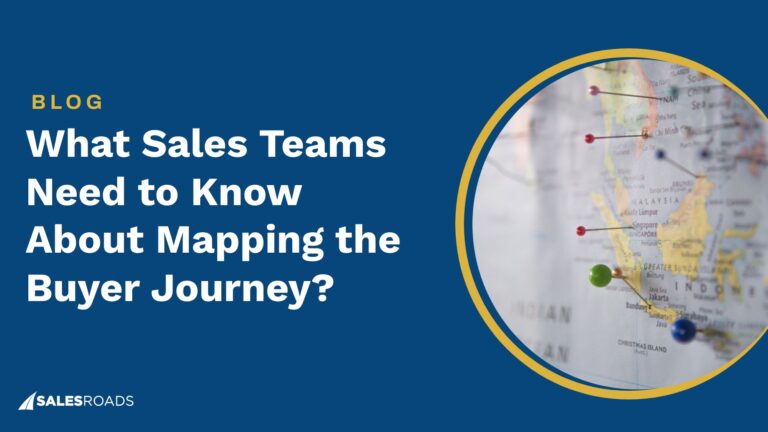AI is changing the way sales teams operate, and SDRs are at the forefront of this shift. Traditionally, SDRs drive the top of the funnel by researching leads, qualifying prospects, and generating pipeline opportunities.
Companies with a dedicated SDR team can see up to a 10x increase in pipeline generation, making this role crucial for revenue growth.
But the role is evolving. Gartner predicts that by 2025, 75% of sales organizations will rely on AI-powered tools to streamline their sales processes.
AI is no longer just a back-office tool; it’s helping SDRs work smarter, not harder. By automating repetitive tasks, surfacing insights, and guiding outreach strategies, AI is turning SDRs from execution-focused workers into strategic contributors who can prioritize high-value interactions.
Salespeople are left wondering how to adapt and stay ahead as AI changes the SDR role.
The Traditional Role of the SDR
SDRs have always been the engines of prospecting. Their daily tasks center on cold calling, sending emails, researching leads, and updating CRMs. The role demands persistence and volume, more calls, more emails, more touches, but the process is time-intensive and often inefficient.
Before AI adoption, SDRs faced clear bottlenecks. A large portion of their day went into administrative work, leaving little time for strategic thinking or meaningful conversations with prospects.
Sales reps spend just 28% of their time actually selling, with the majority of their time spent on non-selling activities, such as administrative tasks (8.8%), preparation (9.4%), and prioritizing (9.2%)
Outreach often had to be generic to reach enough leads, which reduced engagement rates and made hitting KPIs a constant challenge.
SDR Pain Points Before AI
The challenges SDRs face without AI go beyond minor annoyances; they directly affect performance and results:
- Manual prospecting and data entry: Hours are spent digging through CRMs, spreadsheets, and databases instead of engaging prospects.
- Low personalization at scale: Crafting individualized messages for hundreds of leads is nearly impossible, resulting in generic outreach and low response rates.
- High administrative load: Tracking emails, updating pipelines, and logging activity consumes time that could be spent selling.
- Difficulty prioritizing leads: Without AI-driven insights, SDRs often chase unqualified prospects, reducing efficiency.
- Limited bandwidth for high-value conversations: Most of the day is spent on repetitive tasks, leaving little room to focus on interactions that actually move deals forward.
In short, traditional SDR workflows are repetitive, time-consuming, and increasingly unsustainable as teams try to scale. These pain points set the stage for AI to step in and transform the role.
How AI Transforms SDR Workflows
AI isn’t replacing SDRs; it’s making them more effective. A single SDR equipped with a powerful AI sidekick can now achieve what previously required the efforts of 4-5.

By handling repetitive tasks, surfacing insights, and guiding outreach, AI lets SDRs focus on the work that actually drives deals. It acts as a co-pilot, helping prioritize leads, personalize outreach, and make smarter decisions faster.
Automation of Repetitive Tasks
One of the biggest time sinks for SDRs is the grind of repetitive work. AI in sales can take over lead scoring, routing, and prioritization using predictive analytics, so SDRs spend less time guessing which prospects matter most.
Email sequences, follow-ups, and reminders can also be automated. Instead of manually sending dozens of messages or chasing cold leads, SDRs can let AI handle scheduling, cadence, and basic outreach. That frees them to focus on conversations that require judgment, empathy, and persuasion, areas where humans still outperform machines.
Smarter Outreach with AI
AI can analyze past engagement, company data, and buying signals to craft messages that feel personalized, even at scale. This isn’t generic automation; it’s targeted outreach that adapts to the prospect.
For example, AI can suggest messaging tweaks based on previous responses, recommend the best time to reach a lead, or identify which prospects are most likely to engage.
SDRs using AI in this way see higher open and response rates because outreach becomes more relevant and timely, without sacrificing the human touch.
Data-Driven Decision Making
AI gives SDRs actionable insights, helping them decide where to spend their time. Predictive analytics can highlight which leads are most likely to convert and recommend whether to call, email, or nurture them first.
Seamless CRM integration ensures all this data is available within existing workflows. SDRs can see AI-driven recommendations alongside historical activity, making it easy to prioritize high-value prospects and adjust strategies on the fly.
Over time, AI doesn’t just automate tasks; it helps SDRs make smarter, more strategic choices.
The Evolving Skills of an SDR in an AI-Driven World
AI is shifting SDRs from task executors to strategic operators. With automation handling repetitive work and AI providing actionable insights, SDRs now spend more time interpreting data, prioritizing high-value leads, and shaping outreach strategy.
Collaboration also becomes more data-driven, as SDRs work closely with AEs and sales leaders to translate AI recommendations into results.
On the Sell Like A Leader Podcast, John Barrows and David Kreiger tackled the anxiety many leaders feel about the future of work. Here are the questions they try to answer during their conversation:
- What skills will remain uniquely human and valuable?
- What are the fundamentals for success in an AI world?
- What does adding value mean when AI can generate insights?
- Have we over-systematized everything to the point where people are easily replaceable?
Listen to the episode here:
Analytical and Strategic Thinking
Understanding AI outputs is now a core SDR skill. Predictive lead scoring, engagement analytics, and AI-recommended next steps help SDRs decide where to focus their time.
But data alone isn’t enough. SDRs must adjust messaging, timing, and strategy based on AI insights, blending numbers with context.
For example, an AI tool may flag a prospect as high-potential, but the SDR’s judgment determines whether to call immediately, nurture over email, or wait for the right moment, turning raw data into actionable strategy.
Human-Centered Skills Remain Critical
A HubSpot survey showed that 41% of salespeople think “their days are numbered” because of AI automation. However, even with AI handling analysis and automation, human skills remain irreplaceable.
Empathy, curiosity, emotional intelligence, and relationship-building determine whether a conversation converts a lead into a deal.
SDRs focus on moments where AI can’t replicate human judgment, understanding nuanced buyer needs, handling objections, and building trust.
In this way, AI frees SDRs to spend more energy on high-impact interactions instead of routine tasks, making their role more strategic and more human at the same time.
Challenges and Considerations with AI Adoption
AI can transform SDR performance, but adoption isn’t without risks. Over-reliance on automation can lead to generic outreach, misinterpretation of data, or missed opportunities if SDRs blindly follow AI recommendations.
Training gaps are another barrier. SDRs need guidance to read AI outputs correctly and integrate insights into their workflow. Without proper onboarding, AI tools can become underused or misused, limiting their impact.
Ethical considerations are also critical. AI must be used responsibly to protect privacy, maintain transparency, and avoid bias in lead scoring or messaging. Sales leaders should monitor AI outputs and ensure processes are fair and compliant.
Practical tips for leaders:
- Treat AI as an assistant, not a replacement.
- Monitor results to detect bias or unexpected outcomes.
- Provide clear training on interpreting AI recommendations.
- Encourage SDRs to maintain personal judgment and human engagement alongside AI tools.
The Future of the SDR Role
The SDR role is evolving into a blend of human judgment and AI-powered insights. AI-augmented SDRs can focus on high-value interactions while relying on technology to handle repetitive work, score leads, and suggest next steps.
Emerging trends include conversational AI, predictive outreach, and advanced personalization. These tools will continue to shape SDR workflows, making data-driven decision-making faster and more precise.
Advice for SDRs and sales leaders:
- Continuously upskill in AI tools, analytics, and messaging strategy.
- Embrace AI as a collaborator that frees time for strategic and human-centered work.
- Focus on interactions where human judgment adds value—relationship-building, problem-solving, and nuanced communication.
SDRs can operate more efficiently, personalize at scale, and contribute strategically to the sales team’s success by combining analytical insights with human intuition.
Bottom Line
AI isn’t here to replace SDRs; it’s here to make them smarter, faster, and more strategic. The real advantage comes when SDRs and sales leaders use AI thoughtfully:
Letting it handle repetitive tasks, provide insights, and surface opportunities, while reserving human judgment for relationship-building and high-value conversations.
Start small, experiment, and integrate AI in ways that enhance your team’s skills. The SDRs who embrace AI as a collaborator will not just keep up with the market; they’ll set the pace.










